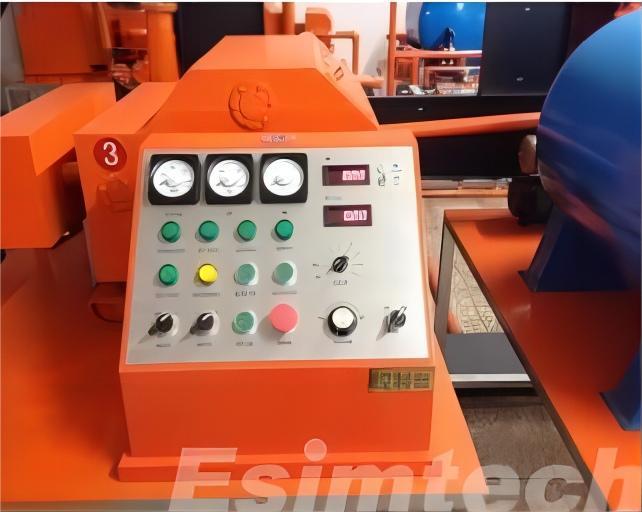In the world of oil and gas production, the quest for enhanced reservoir performance never ceases. As technology evolves, so do the techniques used to extract hydrocarbons from challenging reservoirs. One such technique is the oilfield acid job, a process aimed at improving the flow of oil and gas from reservoir rocks. In this article, we will delve into the intricacies of oilfield acid jobs, their significance, and the pivotal role that downhole operation simulator play in optimizing these operations.
What is an Oilfield Acid Job?
An oilfield acid job is a well stimulation technique aimed at improving reservoir permeability and productivity. Reservoir rocks, over time, can become clogged with mineral deposits, scales, and other substances that impede the flow of oil or gas. An acid job involves injecting acid solutions into the wellbore and down into the reservoir rock. The acid reacts with the mineral deposits, dissolving them and creating channels or fractures that facilitate the movement of hydrocarbons towards the wellbore.
The acid used in these jobs is typically hydrochloric acid (HCl) or a blend of acids, often known as mud acid. The choice of acid and its concentration depends on the nature of the reservoir rock and the specific challenges it poses. The success of an acid job hinges on precise planning, accurate execution, and a deep understanding of reservoir conditions.
The acidizing process can be broadly classified into two categories:
Matrix Acidizing: This involves treating the reservoir matrix directly. The acid reacts with the rock, creating etched channels and increasing permeability. Matrix acidizing is often employed in carbonate reservoirs, where acid dissolves the calcite present in the rock.
Fracture Acidizing: In this method, acid is injected into new or existing fractures within the reservoir rock. The acid dissolves minerals and enlarges the fractures, thereby improving the connectivity between the reservoir and the wellbore. Fracture acidizing is frequently used in sandstone reservoirs.

The Role of Simulators in Oilfield Acid Jobs
In the modern oil and gas industry, simulators have revolutionized the way oilfield operations are planned, executed, and optimized. A simulator is a computational tool that models the behavior of fluids, rocks, and chemical reactions within the reservoir. It simulates the acidizing process under various conditions, providing insights that aid engineers and operators in making informed decisions. Here's how simulators contribute to successful oilfield acid jobs:
- Design Optimization
Simulators allow engineers to simulate acid injection scenarios and predict how the acid will interact with the reservoir rock. They can optimize injection rates, acid concentrations, and other parameters to achieve the most effective acidizing treatment.
- Reservoir Visualization
Simulators provide visual representations of how the acid will propagate within the reservoir. This visualization helps in understanding how the treatment will affect permeability, porosity, and connectivity.
- Sensitivity Analysis
Simulators enable sensitivity analysis, helping engineers identify the key factors that influence treatment outcomes. This assists in making well-informed adjustments to treatment plans.
- Risk Mitigation
Through simulations, potential risks such as excessive formation damage, fluid migration, or equipment failure can be identified and mitigated in advance.
- Real-time Decision Support
Some advanced simulators offer real-time capabilities, allowing operators to adjust treatment parameters based on live reservoir data as the treatment progresses.
Conclusion
Oilfield acid jobs play a vital role in unlocking the full potential of oil and gas reservoirs. By dissolving barriers within the reservoir rock, these treatments improve production rates and extend the life of wells. Downhole operation simulators, with their ability to replicate complex reservoir behaviors, have become indispensable tools in the planning and execution of successful acidizing operations. As the oil and gas industry continues to evolve, the synergy between oilfield acid jobs and simulators will undoubtedly contribute to more efficient and productive operations.
